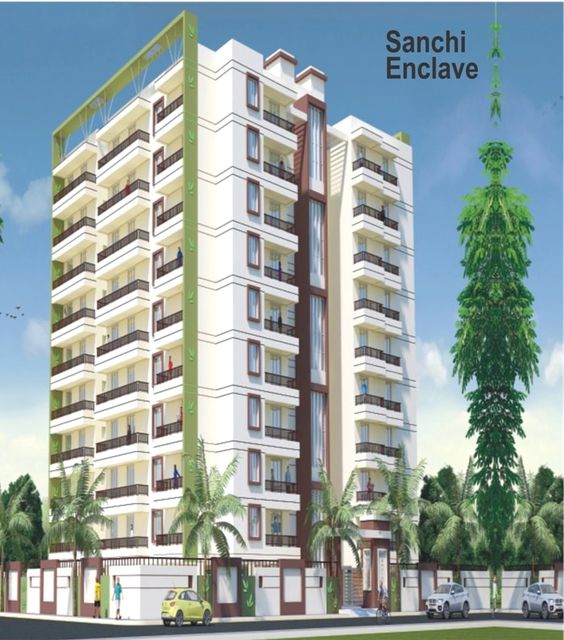Rising Popularity of Multi-Generational Homes: A Growing Trend in Urban Real Estate
Read latest blogs and articles from Housystan

The Information mentioned here was last updated on:
28/12/2025The rising popularity of multi-generational homes is transforming the urban real estate landscape across major cities. As families seek smarter, more practical living solutions, multi-generational housing has become a prominent trend in metropolitan areas such as New York, Los Angeles, Chicago, and Dallas. This shift is driven by evolving family structures, economic considerations, and the unique demands of city living.
Multi-generational homes allow grandparents, parents, and children to share a single residence while maintaining personal space and privacy. These properties typically feature flexible layouts, separate entrances, and custom amenities to accommodate every generation comfortably. Real estate developers are responding to this growing demand by designing innovative floor plans and including features like additional suites, dual kitchens, and accessible bathrooms.
Urban centers experiencing rapid growth are witnessing increased interest in these types of homes. High property prices and limited space in cities make multi-generational living an attractive option for families who want to pool resources, reduce living expenses, and remain close to loved ones. This trend also helps families manage childcare, eldercare, and daily responsibilities more efficiently, fostering stronger family bonds while balancing personal independence.
- Verified Tenants/Buyers
- Unlimited Property Listing
- Zero subscription/charges fee
Another factor fueling this movement is cultural diversity. Many communities in cities like San Francisco, Houston, and Miami value close-knit family relationships and intergenerational support. As a result, demand for multi-generational real estate options continues to rise, with buyers prioritizing homes that can adapt to changing family needs.
For those considering urban real estate investments, understanding the advantages of multi-generational homes is essential. These properties not only offer practical benefits but also retain value in competitive housing markets. Real estate professionals are increasingly recommending multi-generational options to clients seeking flexible, future-proof housing solutions in city environments.
As this trend expands, urban neighborhoods are evolving to accommodate diverse family structures. The surge in multi-generational home popularity signals a significant shift in how city dwellers approach housing, making it one of the most influential developments in today’s real estate market. Prospective homeowners and investors should pay close attention to this dynamic trend shaping the future of urban living.